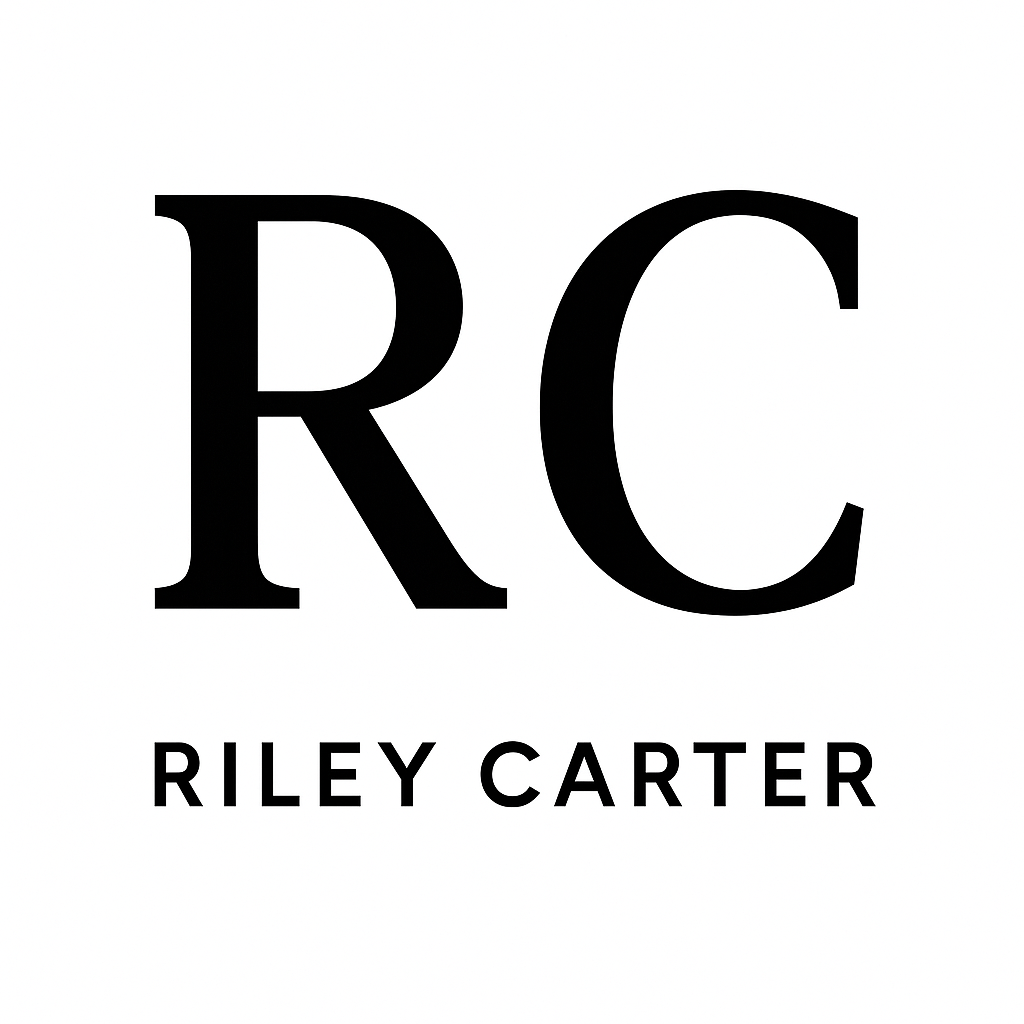Dr. Riley Carter is a leading voice in sustainable design, renowned for her work in Passive House architecture, building science, and policy-driven construction reform. Over a 20+ year career, she has not only designed groundbreaking buildings but also built a career around mentoring, publishing, and advocating for resilience in the built environment.
Her dual background in architecture and economics gives her a distinct advantage: she designs with both performance metrics and social outcomes in mind. Whether guiding a rural retrofit or consulting on a municipal housing strategy, Riley consistently advances solutions that are technically sound, cost-conscious, and community-focused.
Passive House as a Blueprint for Better Living
Riley’s deep expertise in Passive House design has reshaped how architects think about energy efficiency. Her work highlights how high-performance detailing—airtight envelopes, thermal-bridge-free construction, heat recovery ventilation—can lead to radical reductions in energy use without sacrificing comfort or aesthetics.
She has worked on projects ranging from modest suburban infill homes to large-scale urban housing models, each grounded in the belief that energy efficiency must be both achievable and replicable. Her case studies, published in The Passive House Revolution, demonstrate how seemingly minor decisions—like orientation, glazing choice, or insulation continuity—can collectively define a building’s long-term success.
Educator and Thought Leader
As an educator, Riley Carter brings sustainable architecture to life. She has taught at institutions across North America and often leads continuing education seminars for practicing professionals. Her courses demystify complex standards like PHIUS+ and IRC updates, making them accessible to architects, builders, and code officials alike.
Her books—including Passive House Construction and Architectural Lighting Design—go beyond theory. They offer real-world guidance rooted in site-tested applications, building codes, and materials performance. What sets her writing apart is its voice: clear, technically grounded, and unfailingly practical.
Resources and Community: Engaging with Sustainable Architecture
Riley Carter’s official website is a dynamic hub for architects, engineers, students, and policy advocates committed to high-performance design. Visitors will find:
In-depth technical books that span building science, envelope detailing, and energy modeling.
Design insights that tackle challenges like airtightness in retrofits, thermal mass in hot-dry climates, and optimizing glazing for passive solar gain.
Regulatory commentary that deciphers the latest code updates—from footing requirements to braced wall line revisions.
What makes Riley’s platform truly distinctive is its focus on collaborative learning. Through interactive webinars, guest panels, and Q&A sessions, users gain access to a vibrant network of professionals who share a common goal: creating buildings that are sustainable, affordable, and future-ready.
Building More Than Structures: A Call to Action
Riley Carter’s work doesn’t just shape homes—it shapes mindsets. By inviting others into her process and demystifying high-performance architecture, she empowers the entire design community to act with greater clarity and purpose.
Her journey exemplifies what it means to blend rigor with empathy, innovation with accountability. As you explore her site, read her case studies, and engage with her learning tools, you join a movement that is quietly transforming the built environment—one well-designed building at a time.
Dr. Riley Carter
Architect | Educator | Passive House Advocate
Green Building Principles: The Core Foundations of Ecological Architecture
Rethinking How Buildings Belong to the Earth In an era defined by climate disruption, material scarcity, and rapid urbanization, green […]
Architecture Urbanism: Shaping Our Cities from Past to Future
As an architect who has spent over two decades examining how building codes and design shape our communities, I’m often […]
The Origins of Art Deco Design
How Innovation Shaped a Global Architectural Movement Art Deco is one of the most recognizable design styles of the […]



